Weekly Torah Parashah
(This Torah Teaching is for Shabbat of July 27th, 2024)(Donate and support this Ministry by clicking here) Torah: Numbers 25:9 – 30:1Haftarah: I Kings 18:46 – 19:1 Pin’has (פִּינְחָס)— Hebrew for “Phinehas,” a name, the sixth word in the parashah and is the 41st weekly Torah portion (פָּרָשָׁה, parashah) in the annual cycle of Torah reading. It constitutes Numbers 25:10–30:1 Torah Parsha Pinchas Summary Numbers 25:9…
(This Torah Teaching is for the Shabbat of July 20th, 2024)(Donate and support this Ministry by clicking here) Torah: Numbers 22:2 – 25:9Haftarah: Micah 5:6 – 6:8 Balak (בָּלָק) — The name of a king of Moab. It is the second word in hebrew in the parasha, and is the 40th weekly Torah portion in the annual cycle of…
Parashah Chukkat from Numbers 19:1–22:1 sets out the laws of corpse contamination (tumat hamet) and purification with the water of lustration prepared with the Red Cow (פָרָה אֲדֻמָּה, parah adumah, also called the “Red Heifer”), and reports the deaths of Miriam and Aaron, the failure of Moses at the Waters of Meribah, and the conquest of Arad, the Amorites, and Bashan.
(This Torah Teaching is for Shabbat of July 6th, 2025)(Donate and support this Ministry by clicking here) Torah: Numbers 16:1-18:32Haftarah: 1 Samuel 11:14-12:22 Korach (קֹרַח)— Hebrew for the name “Korah,” which in turn means “baldness, ice, hail, or frost,” and has a connotation of Korah without a covering as he coveted the Priest’s position as his covering and thereby…
(This Torah Teaching is for the Shabbat of June 29th, 2024)(Donate and support this Ministry by clicking here) Sh’lah L’kha (שְׁלַח-לְךָ) — Hebrew for “send”, “send to you”, or “send for yourself”) is the 37th weekly Torah portion (פָּרָשָׁה, parashah) in the annual cycle of Torah reading and the fourth in the Book of Numbers…
Parashah B’ha’alotkha covers Numbers 8:1–12:16 and tells of the Menorah in the Tabernacle, the consecration of the Levites, the Second Passover, how a cloud and fire led the Israelites, the silver trumpets, how the Israelites set out on their journeys, complaining by the Israelites, and how Miriam and Aaron questioned Moses.
Parashah Naso (נָשֹׂא) from Numbers 4:21–7:89 addresses the priestly duties, purifying the camp, restitution for wrongs committed, the wife accused of unfaithfulness (sotah), the nazirite, the Priestly Blessing, and the consecration of the Tabernacle. Naso has the largest number of letters, words, and verses of any of the 54 weekly Torah portions… Learn more with Rabbi Isaac in the video teaching!
Teaching For Shabbat of June 8th, 2024(Donate and support this Ministry by clicking here) Torah: Numbers 1:1–4:20Haftarah: Hosea 2:1-22 B’midbar (בְּמִדְבַּר)— Hebrew for “in the wilderness of” [Sinai], the fifth overall and first distinctive word in the parashah), often called Bamidbar is the 34th weekly Torah portion (פָּרָשָׁה, parasha) in the annual cycle of Torah reading and…
(In most years this is a double Torah Parashah B’har with Bechukotai, but in leap years such as this year B’har Teaching will be for Shabbat of May 25th, 2024 and Bechukotai Teaching For Shabbat of June 1, 2024)(Donate and support this Ministry by clicking here) B’har (בְּהַר) — Hebrew for “on the mount,” is…
#31 Parsha Emor with Torah and Haftarah video studies
- Rabbi Isaac
- Holiness, Holy Days, The menorah, Passover (Pesach), Feast of Unleavened Bread (Hag Matzot), Shavuot, Feast of Trumpets (Yom Teruah), Day of Atonement (Yom Kippur), Feast of Tabernacles (Sukkot), 8th Day Assembly (Shimini Atzuret & Simchat Torah), The 8th Day Assembly (Shimini Atzeret), 31 - Emor (Speak)
- Leviticus
- 3 Comments
Torah parsha Emor (אֱמֹר) is from Leviticus 21:1–24:23 and Hebrew for “speak,” and is the 31st weekly Torah portion (פָּרָשָׁה, parsha) in the annual cycle of Torah readings and instructs us in the purity rules for priests (כֹּהֲנִים, Kohanim), as well as recounts the holy days, provides for lights and bread in the sanctuary, and tells the story of a blasphemer and his punishment.











